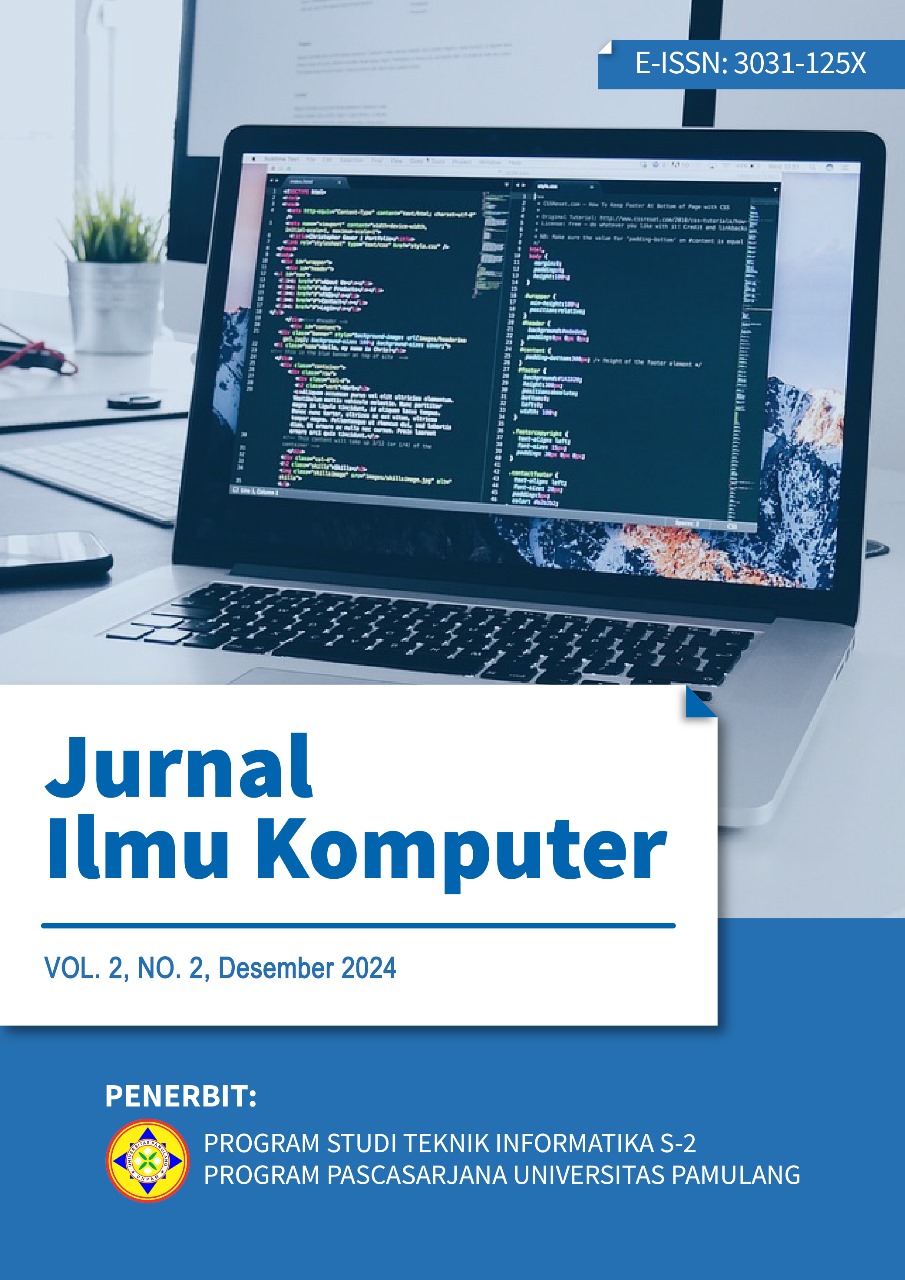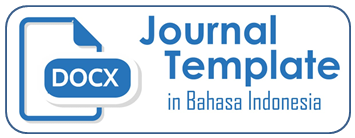Technical Comparison Between Classical and Quantum Architectures: Quantum Error Challenges and Qubit Stability
Keywords:
classical computing, quantum computing, processor architecture, quantum mechanics, quantum algorithms, future technologiesAbstract
The age of evolving computational technologies, classical architecture (traditional digital computing) and quantum architecture have emerged as two prominent approaches, offering diverse computational solutions. Classical computing bases its operations on transistors and binary logic gates, while quantum computing leverages the principles of quantum mechanics to perform information processing. This article provides a technical comparison between the two architectures, encompassing essential characteristics, algorithms, processing models, problem-solving capabilities, and challenges faced. In particular, this article highlights the key challenges in quantum computing, namely quantum errors and qubit stability, which significantly impact its reliability and practical implementation. The method used in this research is a literature review study, analyzing various reference sources such as journals, articles, and research reports. With the growing influence of quantum computing in specific sectors, this study is expected to provide a clearer view of the potential and limitations of both architectures, as well as the steps needed to overcome these challenges. The main conclusion of this study is that quantum computing has the potential to revolutionize certain fields, but still faces challenges in terms of stability and error correction.
References
[1]Harrow, A. W., & Montanaro, A. (2017). Quantum computational supremacy. Nature, 549(7671), 203–209.
[2]Ahmad, A., Khan, A. A., Waseem, M., Fahmideh, M., & Mikkonen, T. (2022). Towards process-centered architecting for quantum software systems. In 2022 IEEE International Conference on Quantum Software (pp. 26–31). IEEE.
[3]Ahmad, A., Waseem, M., Liang, P., Fehmideh, M., Khan, A. A., Reichelt, D. G., & Mikkonen, T. (2023). Engineering software systems for quantum computing as a service: A mapping study. arXiv preprint arXiv:2303.14713.
[4]Ali, S., Yue, T., & Abreu, R. (2022). When software engineering meets quantum computing. Communications of the ACM, 65(4), 84–88.
[5]Andrikopoulos, V., & Lago, P. (2021). Software sustainability in the age of everything as a service. Next-Gen Digital Services: A Retrospective and Roadmap for Service Computing of the Future, 35–47.
[6]Biswas, R., Jiang, Z., Kechezhi, K., Knysh, S., Mandra, S., O’Gorman, B., Perdomo-Ortiz, A., et al. (2017). A NASA perspective on quantum computing: Opportunities and challenges. Parallel Computing, 64, 81–98.
[7]Bobier, J.-F., Langione, M., Tao, E., & Gourevitch, A. (2021). What happens when ‘if’ turns to ‘when’ in quantum computing. Boston Consulting Group.
[8]Bouguettaya, A., Singh, M., Huhns, M., Sheng, Q. Z., Dong, H., et al. (2017). A service computing manifesto: The next 10 years. Communications of the ACM, 60(4), 64–72.
[9]Bouguettaya, A., Singh, M., Huhns, M., Sheng, Q. Z., Dong, H., et al. (2022). Global cloud computing revenue by segment 2015-2022 — Statista. Retrieved from https://stagingfr.statista.com/statistiques/540499/worldwide-cloud- computing-revenue-by-segment/
[10]Cao, Y., Romero, J., & Aspuru-Guzik, A. (2019). Potential of quantum computing for drug discovery. IBM Journal of Research and Development, 62(6), 1-11.
[11]Castelvecchi, D. (2017). IBM’s quantum cloud computer goes commercial. Nature, 543(7644).
[12]Chang, W.-L., & Vasilakos, A. V. (2021). Fundamentals of Quantum Programming in IBM’s Quantum Computers. Springer.
[13]Chong, F. T., Franklin, D., & Martonosi, M. (2017). Programming languages and compiler design for realistic quantum hardware. Nature, 549(7671), 180–187.
[14]Cusumano, M. A. (2018). The business of quantum computing. Communications of the ACM, 61(10), 20–22.
[15]De Stefano, M., Pecorelli, F., Di Nucci, D., Palomba, F., & De Lucia, A. (2022). Software engineering for quantum programming: How far are we? Journal of Systems and Software, 190, 111326.
[16]Gandomi, A., & Haider, M. (2015). Beyond the hype: Big data concepts, methods, and analytics. International Journal of Information Management, 35(2), 137-144.
[17]Garcia-Alonso, J., Rojo, J., Valencia, D., Moguel, E., Berrocal, J., & Murillo, J. M. (2021). Quantum software as a service through a quantum API gateway. IEEE Internet Computing, 26(1), 34–41.
[18]Gemeinhardt, F., Garmendia, A., & Wimmer, M. (2021). Towards model-driven quantum software engineering. In 2021 IEEE/ACM 2nd International Workshop on Quantum Software Engineering (pp. 13–15). IEEE.
[19]Gonzalez, C. (2021). Cloud-based QC with Amazon Braket. Digitale Welt, 5, 14–17.
[20]https://softwaredominos.com/home/science-technology-and-other-fascinating-topics/integer-factorization-algorithms-a-comparative-analysis/ (30/09/2024 16:00 WIB)
[21]Humble, T. S., McCaskey, A., Lyakh, D. I., Gowrishankar, M., Frisch, A., & Monz, T. (2021). Quantum computers for high-performance computing. IEEE Micro, 41(5), 15–23.
[22]Keen, M., Ackerman, G., Azaz, I., Haas, M., Johnson, R., Kim, J., & Robertson, P. (2006). Patterns: SOA foundation-business process management scenario. IBM Redbooks.
[23]Leymann, F. (2019). Towards a pattern language for quantum algorithms. In Quantum Technology and Optimization Problems: First International Workshop, QTOP 2019 (pp. 218–230). Springer.
[24]Lin, S. F., Sussman, S., Duckering, C., Mundada, P. S., Baker, J. M., et al. (2022). Let each quantum bit choose its basis gates. In 2022 55th IEEE/ACM International Symposium on Microarchitecture (pp. 1042–1058). IEEE.
[25]Murali, P., McKay, D. C., Martonosi, M., & Javadi-Abhari, A. (2020). Software mitigation of crosstalk on noisy intermediate-scale quantum computers. In Proceedings of the Twenty-Fifth International Conference on Architectural Support for Programming Languages and Operating Systems (pp. 1001–1016).
[26]National Academies of Sciences, Engineering, and Medicine. (2019). Quantum Computing: Progress and Prospects. The National Academies Press, Washington, DC.
[27]Nistala, P., Nori, K. V., & Reddy, R. (2019). Software quality models: A systematic mapping study. In 2019 IEEE/ACM International Conference on Software and System Processes (pp. 125–134). IEEE.
[28]Petersen, K., Vakkalanka, S., & Kuzniarz, L. (2015). Guidelines for conducting systematic mapping studies in software engineering: An update. Information and Software Technology, 64, 1–18.
[29]Pirandola, S., Andersen, U. L., Banchi, L., Berta, M., Bunandar, D., Colbeck, R., ... & Wallden, P. (2020). Advances in quantum cryptography. Advances in Optics and Photonics, 12(4), 1012-1236.
[30]Raymer, M. G., & Monroe, C. (2019). The US National Quantum Initiative. Quantum Science and Technology, 4(2), 020504.
[31]Riedel, M., Kovacs, M., Zoller, P., Mlynek, J., & Calarco, T. (2019). Europe’s quantum flagship initiative. Quantum Science and Technology, 4(2), 020501.
[32]Shah M. H, Syed T. Z, Firoz M, Biprodip Pal. (2014) A Compare between Shor's Quantum Factoring Algorithm and General Number Field Sieve (Tabel I. Execution Time Environment Details Of GGNFS Software Package).
[33]State of Quantum Computing: Building a Quantum Economy. (2023, January). World Economic Forum. Retrieved from https://www.weforum.org/reports/state-of-quantum-computing-building-a-quantum-economy/
[34]The World is Heading for a 'Quantum Divide': Here's Why It Matters. (2023, January). World Economic Forum. Retrieved from https://www.weforum.org/agenda/2023/01/the-world-quantum-divide-why-it-matters-davos2023/
[35]Weigold, M., Barzen, J., Leymann, F., & Vietz, D. (2021). Patterns for hybrid quantum algorithms. In Service-Oriented Computing: 15th Symposium and Summer School, SummerSOC 2021 (pp. 34–51). Springer.
[36]Yashiro, H., Miyoshi, T., Seko, H., Sato, T., Sueyoshi, T., & Tomita, H. (2021). Overview of the Fugaku Supercomputer System. Proceedings of the International Conference for High Performance Computing, Networking, Storage and Analysis, 1-12.
[37]Zhao, J. (2020). Quantum software engineering: Landscapes and horizons. arXiv preprint arXiv:2007.07047.
Downloads
Published
Issue
Section
License
Copyright (c) 2025 Bonie Wijaya, Muhammad Fahrizal, Muhrodi, Dhamma Nagara, Yan Everhard

This work is licensed under a Creative Commons Attribution-ShareAlike 4.0 International License.



